Top Things to Know Before Buying Garden Fencing
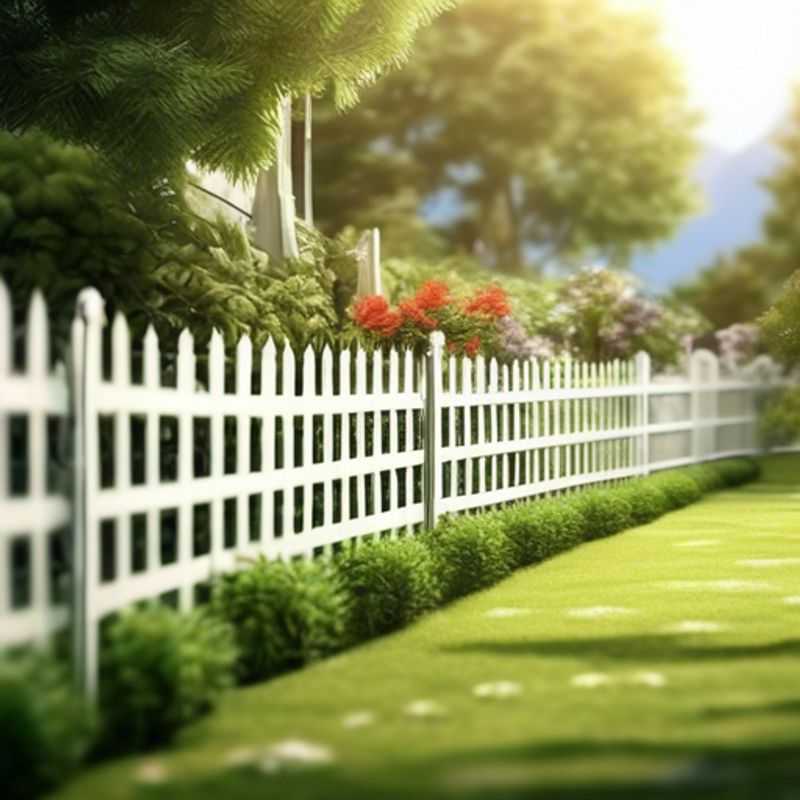
Top Things to Know Before Buying Garden Fencing: A Guide for Informed Decisions
Planning to install a new garden fence? It’s a fantastic way to enhance privacy, define boundaries, and elevate your outdoor space’s curb appeal. But before you dive into the project, there are several crucial factors to consider. Here's a breakdown of key things to know before buying your garden fencing:
1. Understand the Different Materials and Their Pros and Cons:
From traditional wood to modern composite and durable metal options, the material you choose will heavily impact your fence's lifespan, aesthetics, and maintenance requirements. Research different materials, weigh their pros and cons, and select the one that best aligns with your budget and needs.
2. Measure Accurately for a Perfect Fit:
Accurate measurement is crucial! You'll need to determine the precise length and height of your fence to ensure a seamless installation. This also helps avoid purchasing excess materials, saving you money in the long run.
3. Consider Your Garden’s Style and Design:
Think about the overall aesthetic of your garden and choose a fence style that complements it. Whether you prefer a classic picket fence, a modern slat design, or a rustic look, the fencing should enhance your outdoor space without clashing with existing features.
4. Research Local Regulations and Permits:
In many areas, installing a fence requires permits or adhering to specific regulations regarding height, materials, or distance from property lines. Research local codes to ensure compliance and avoid potential issues later.
5. Determine the Appropriate Fence Height for Your Needs:
Consider your privacy and security requirements when choosing the fence height. A taller fence might offer more privacy but could also require more materials and labor for installation.
6. Factor in Installation Costs:
Beyond the materials themselves, you'll need to factor in installation costs, which can vary depending on factors like fence complexity, site accessibility, and whether you plan to DIY or hire professionals. Consider the tools required, labor expenses, and any potential permits or inspections.
7. Explore DIY or Professional Installation:
DIY installation can be a cost-effective option, especially for simpler fence designs. However, for more complex projects, hiring experienced fencing contractors can ensure proper installation and prevent costly mistakes.
By considering these factors before purchasing garden fencing, you can make informed decisions that lead to a successful and sustainable project.
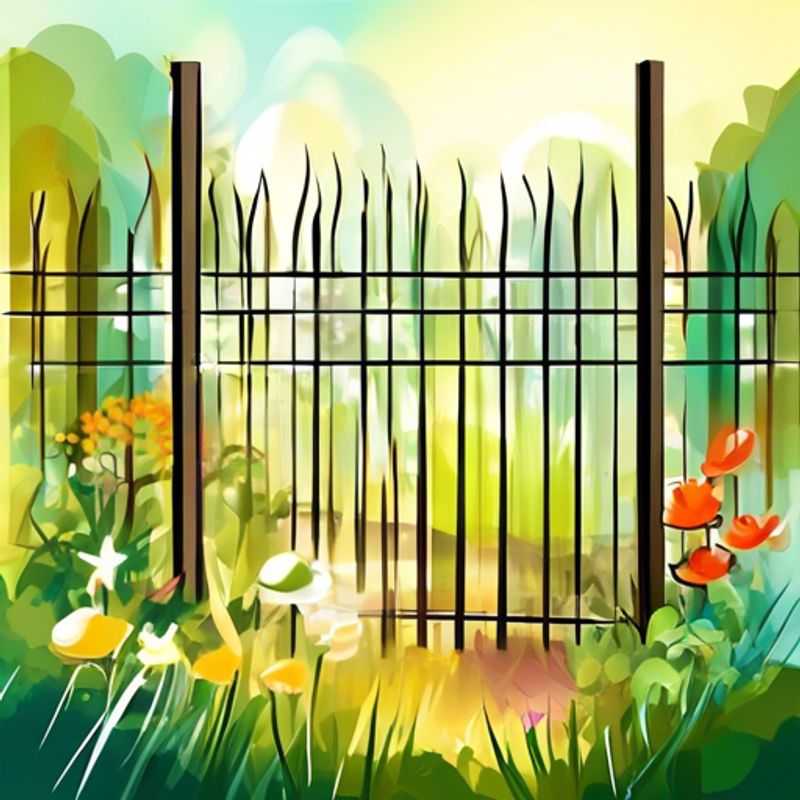
Choosing the Right Fence: A Guide to Garden Fencing Materials and Their Pros & Cons
Choosing the right garden fence material is crucial for aesthetics, security, and budget. Here's a quick guide to help you navigate the options:
Wood: Classic and versatile. It's affordable and easy to work with, offering various styles. However, it requires maintenance (staining, painting) and is susceptible to rot, insects, and weather damage.
Vinyl: Low-maintenance and durable. It resists rot, insects, and fading, making it a good long-term investment. However, it can be more expensive upfront and may not be as aesthetically pleasing as wood. It's less eco-friendly due to its petroleum-based composition.
Metal: Strong and durable. Steel, aluminum, and wrought iron offer excellent security and longevity. Steel is susceptible to rust, while aluminum is more expensive. Metal fencing may be a good choice for areas prone to strong winds.
Composite: Combines wood and plastic for a low-maintenance, durable option. It's often more expensive than wood but less so than vinyl. It's a good choice for eco-conscious homeowners as it often incorporates recycled materials.
Bamboo: Eco-friendly and natural. Provides a unique aesthetic, but may require frequent replacements due to its fragility. It's generally a lower cost option.
When choosing a fence material, consider your budget, style preferences, maintenance time, and the local climate. Remember to check local regulations and HOA guidelines to ensure your fence choice is permitted.
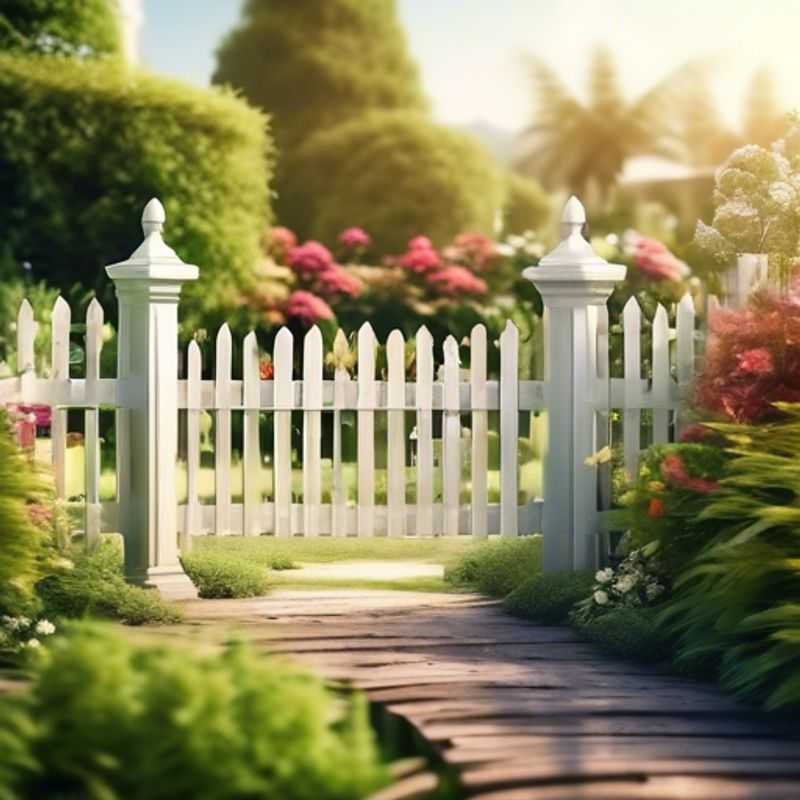
Measure Twice, Fence Once: Accurate Area Calculation for Your Project
To determine the required length and height of your fencing, start by accurately measuring the area you intend to enclose. You can use a measuring tape or a laser distance meter for greater precision. It's best to measure twice and record your measurements accurately to avoid miscalculations.
For length, you'll need to measure the perimeter of the area. This involves adding up the lengths of all the sides of the area. Remember to account for any curves or angles in your perimeter. For a rectangular area, you can simply multiply the length and width to get the perimeter.
For height, you'll need to decide how high you want your fence to be. Consider factors such as the purpose of the fence, local regulations, and the surrounding environment. You may also want to consider installing gates within the fence and measure the desired height of these gates. Generally, fences range in height from 3 to 6 feet.
Once you have determined the required length and height of your fencing, you can then calculate the total amount of fencing material needed. Remember to account for any overlap or waste during installation.
Tip: It's advisable to consult a professional for installation if you have a complex project or are unsure of your measurement skills.
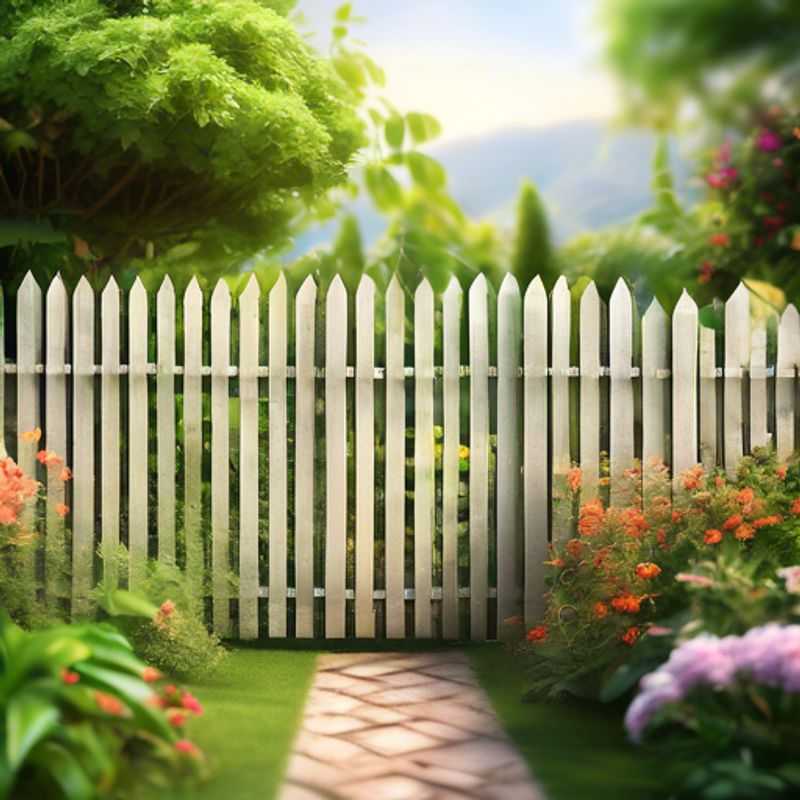
Choosing the Right Style and Design for Your Garden's Aesthetic
When selecting the right style and design for your garden, it's crucial to consider what complements your existing aesthetic. Harmony is key! Think about the style of your home, the existing landscaping, and any architectural features. Do you prefer a formal or informal look? A modern or traditional style?
For example, a contemporary home might benefit from clean lines and minimalist landscaping, while a traditional cottage might be better suited to a more romantic, whimsical design.
Think about the colors, materials, and textures you're drawn to. Remember to choose elements that complement the existing garden and blend seamlessly with the surrounding environment. Don't be afraid to experiment and add your own personal touch!
For example, if your home features a lot of brick, you might choose to incorporate brick paths or accents into your garden.
Consider the functionality of the garden and how you want to use the space. Do you want a space for relaxation, entertaining, or growing vegetables? Depending on your needs, different designs and styles will work better than others.
For example, if you want to create a cozy sitting area, you might consider adding a pergola or arbour.
Remember to consider your budget and plan accordingly. You can save money by choosing DIY options, using recycled materials, and shopping for plants during off-season sales.
For example, consider using local and native plants, which are often more affordable and require less maintenance.
Lastly, don't be afraid to get creative! There are countless ways to create a beautiful and functional garden. With a bit of planning and inspiration, you can design a space that reflects your personal style and complements your existing aesthetic.
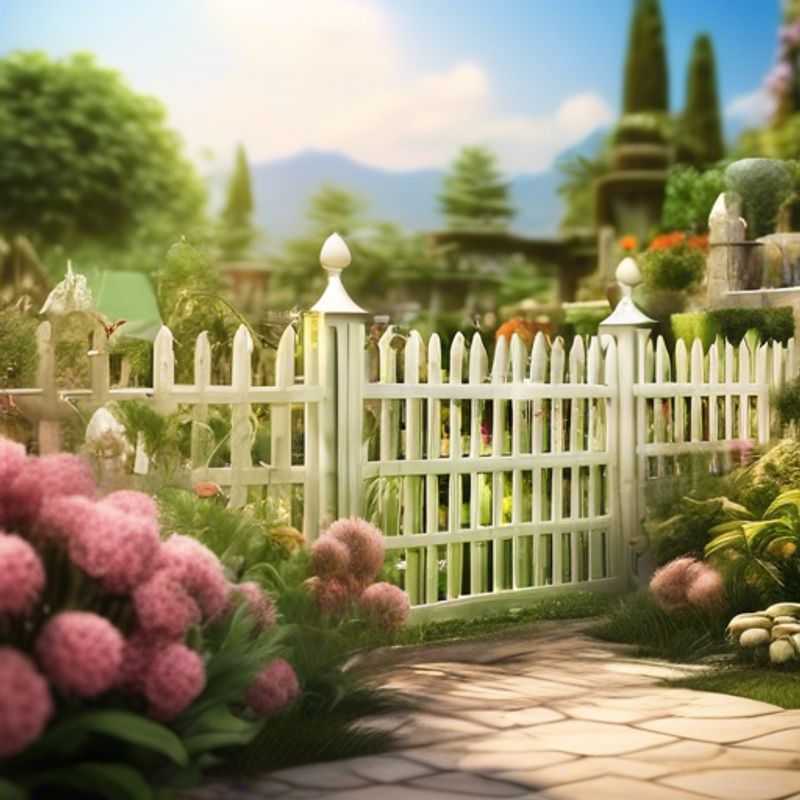
Navigating Local Regulations: Permits and Approvals for Your Installation
Before installing any new product or system, it's crucial to research local regulations and obtain necessary permits. This step might seem tedious but is essential for ensuring a safe, legal, and compliant installation. Failure to comply with local ordinances can lead to fines, delays, and even the removal of your installation.
Start by contacting your local building department or planning office. They can provide you with specific regulations and permit requirements for your project. You may need to submit drawings, specifications, and even a site plan for review. Be prepared to pay a fee for each permit application and potentially for inspections during the installation process.
Timely research and proper permitting can save you headaches and potential legal issues in the long run. It's an investment in a smooth and compliant installation process. Remember that local regulations can vary, so always check with your local authorities for the most up-to-date information.
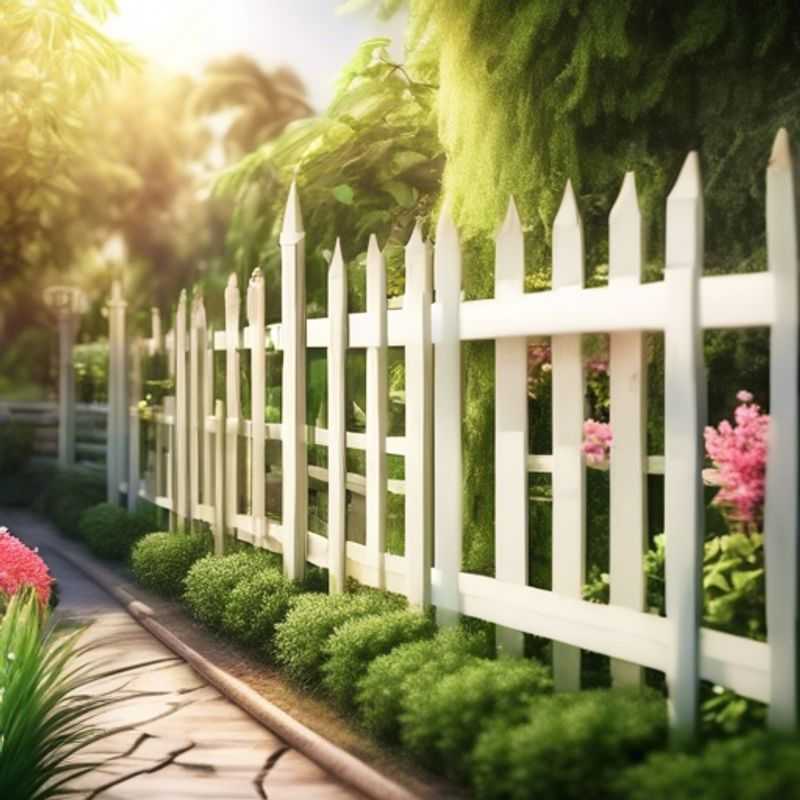
Choosing the Right Fence Height: Privacy, Security, and Your Needs
When determining the appropriate fencing height for your property, consider both privacy and security needs. A higher fence provides greater privacy, but it also increases the cost of materials and installation. A lower fence, while less expensive, may offer less privacy.
For a balance of privacy and security, a fence height between 4-6 feet is often recommended. This height typically offers sufficient visual obstruction while still allowing for natural light and air circulation.
Factors influencing the optimal fencing height include:
* Local Building Codes: Check with your local municipality for any restrictions on fence height.
* Property Lines: Ensure your fence is positioned entirely within your property lines to avoid neighborly disputes.
* Site Topography: Consider any hills or slopes that might affect the perceived height of your fence.
* Existing Structures: A fence should complement your home's architecture and surrounding landscaping.
* Budget: The cost of fencing materials and installation can vary significantly, so it's essential to set a realistic budget before selecting your fence height.
Remember, selecting the right fence height involves a combination of factors. By carefully considering your privacy and security needs, local regulations, and budget constraints, you can make an informed decision that enhances your property's aesthetic appeal and provides a safe and secure environment.
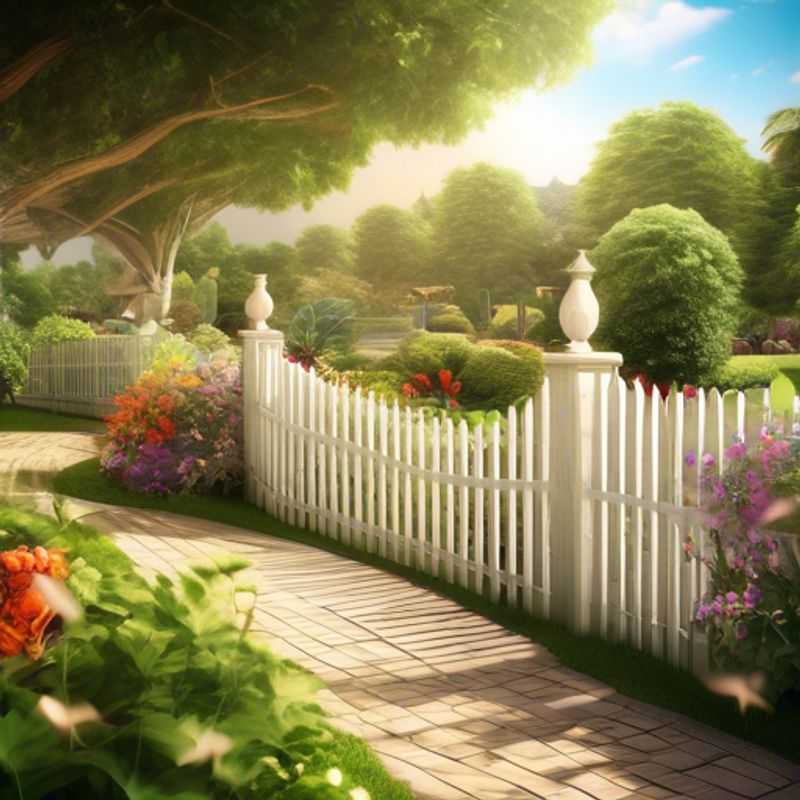
Don't Forget the Installation Costs: A Practical Guide to Avoiding Hidden Expenses
Installation costs are a critical component of any product's overall budget. You must consider labor, specialized tools, and potential permits. Always factor in a contingency for unexpected expenses.
Labor costs are directly related to the complexity of the installation and the time required. Specialized tools and equipment might be needed, which can increase overall costs.
Permits are often required for certain types of installations. Researching and obtaining these permits in advance can save time and prevent delays.
Detailed planning is crucial to minimize unexpected expenses and ensure a smooth installation process.
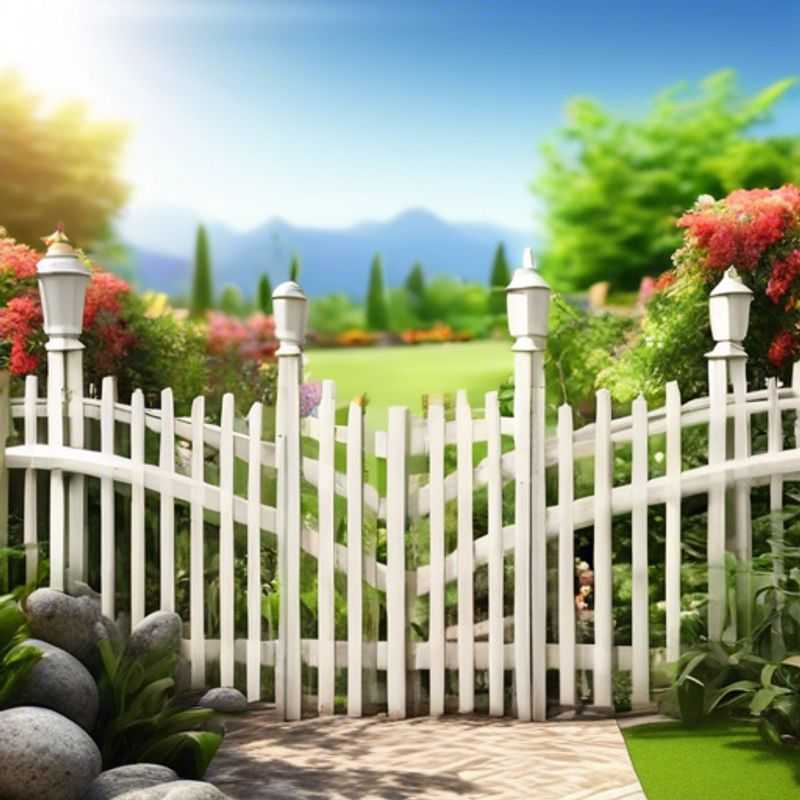
DIY or Pro? Weighing Your Fencing Installation Options
When planning a fence installation, you have two main options: DIY or hiring a professional contractor. DIY installation can be cost-effective, but requires time, effort, and specific skills. You’ll need to purchase materials, tools, permits (if required), and dedicate time to research and execution. While researching and purchasing materials online can save money, always factor in potential delays and shipping costs.
Hiring a professional contractor is typically more expensive but offers benefits like expertise, efficiency, and warranty. However, make sure to get multiple quotes and check references. Discuss the scope of the project, material choices, and expected timeline for a clear understanding. Thoroughly review the contract, paying attention to details such as labor costs, permit fees, material costs, and warranty coverage.
Ultimately, the best option depends on your skills, time availability, budget, and project complexity. If you have the time, skills, and resources, DIY can be a rewarding experience. However, for complex or time-sensitive projects, professional installation might be more efficient and cost-effective in the long run. Remember to factor in all costs, including permits, material, tools, labor, and potential repairs, for a realistic budget estimate.
